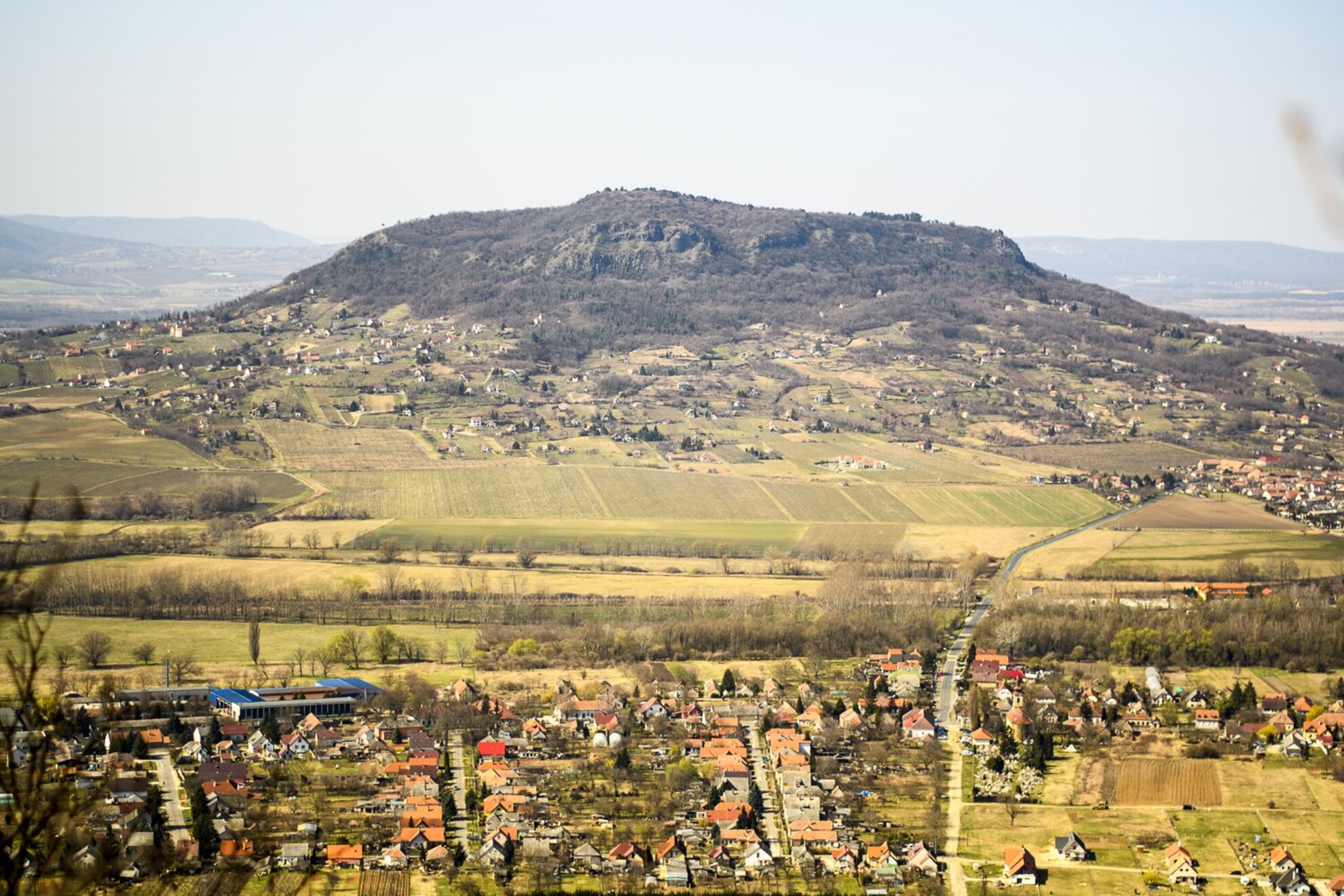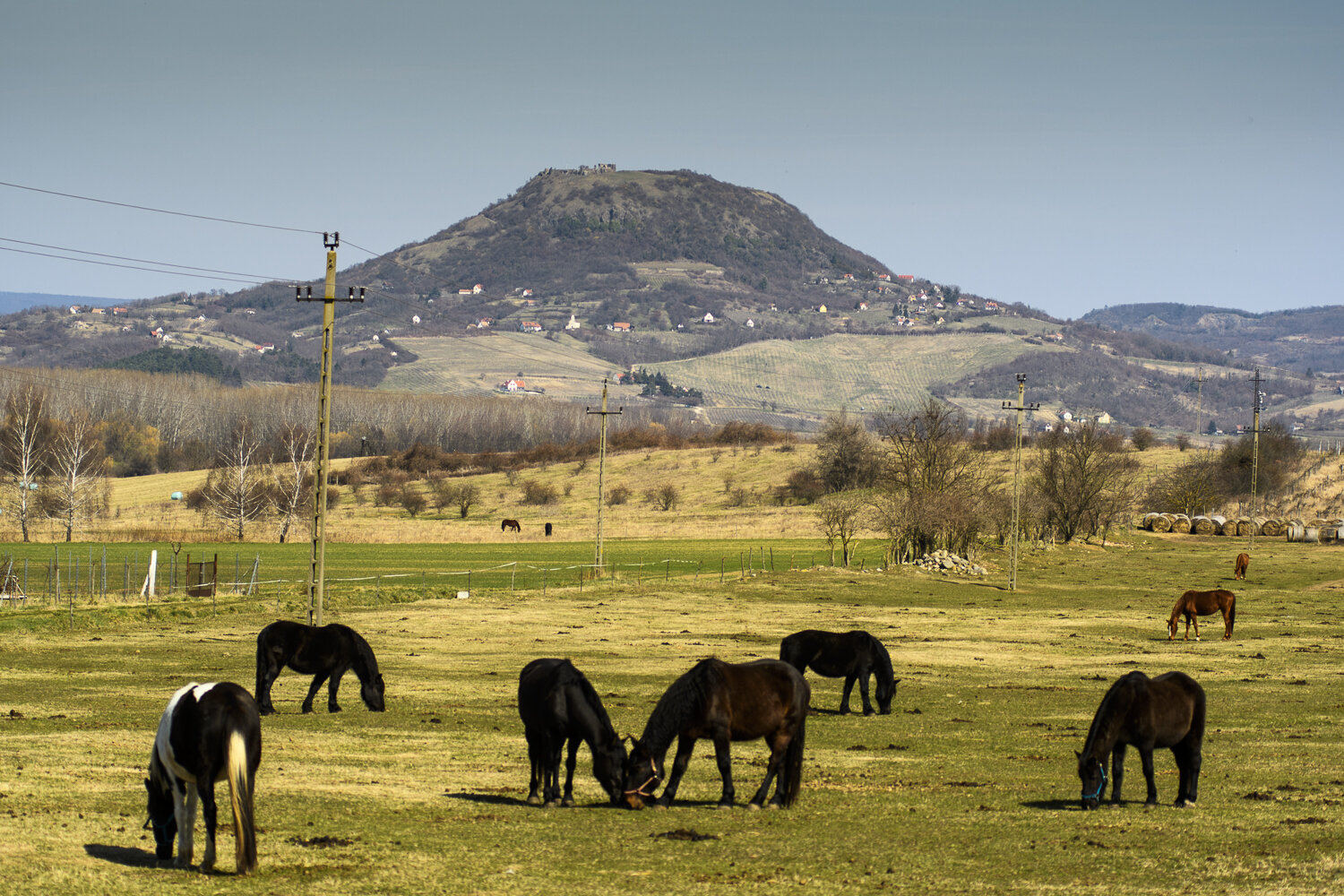A recently published study examining the rocks of the volcanic complex of Fekete-hegy has helped scientists gain a better understanding of the so-called monogenetic volcanic fields. This is a special form of volcanic activity, when a volcanic territory with multiple smaller, independent volcanoes is formed instead of a single large one.
Such a volcanic field could be thousands of square kilometres in size, and it’s impossible to predict where and when a volcano might erupt within these borders. This new research could save lives, as magma reaches the surface quickly in these kinds of volcanic fields, meaning that there could be only a couple of days to evacuate the population in case of an eruption.
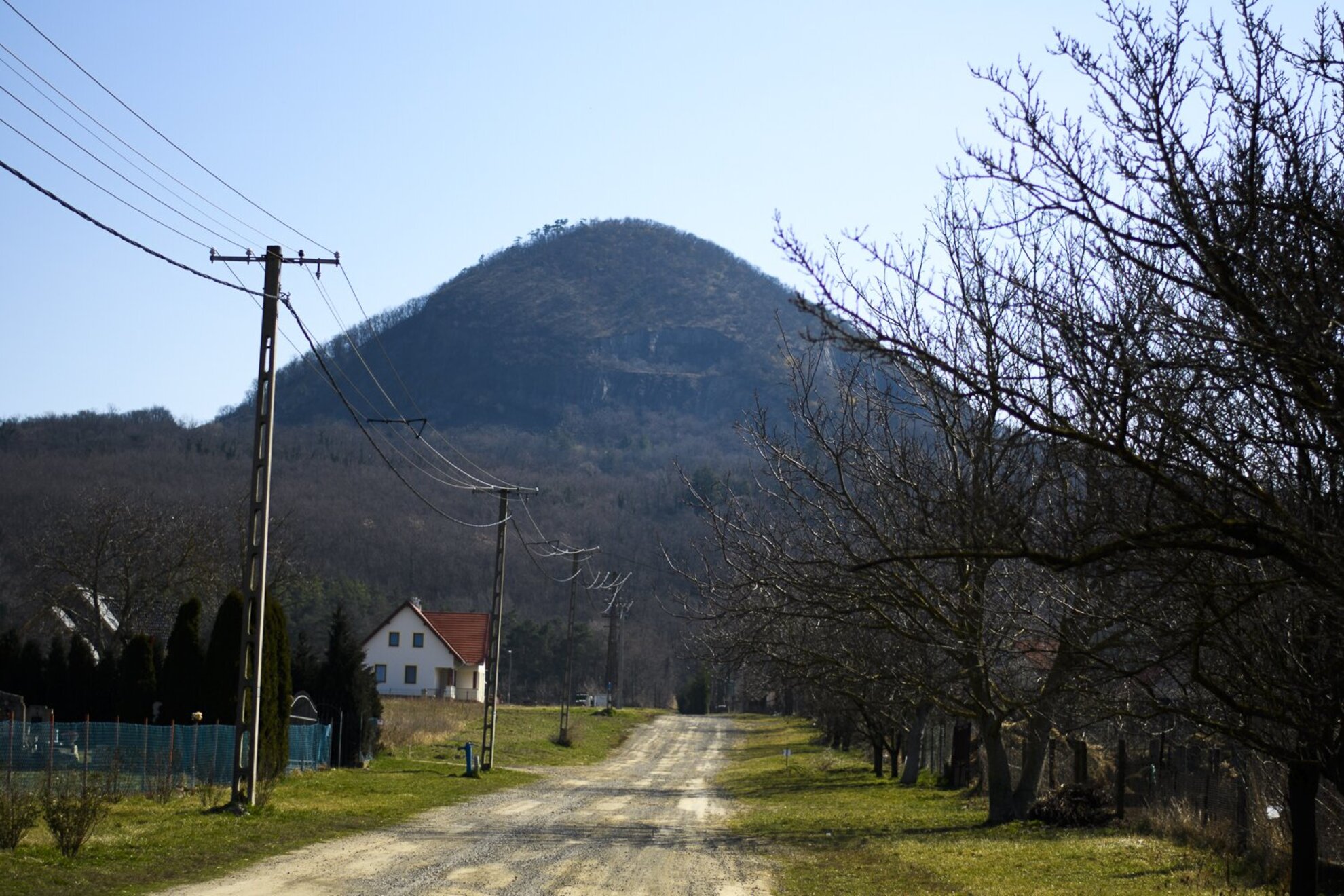
Millions of years
According to Jankovics, a volcanic field is a landscape where there’s nothing indicating that a volcanic eruption could be about to happen. This means that, millions of years ago, magma probably erupted in the Balaton Uplands unexpectedly, and in unexpected places.
During the past 20 million years, the Carpathian-Pannonian region experienced various types of volcanic activity, including volcanic fields. Tihany and Hegyestű are the two oldest eruption points in the volcanic territory of the Bakony-Balaton Uplands. According to research, they were formed approximately eight million years ago.
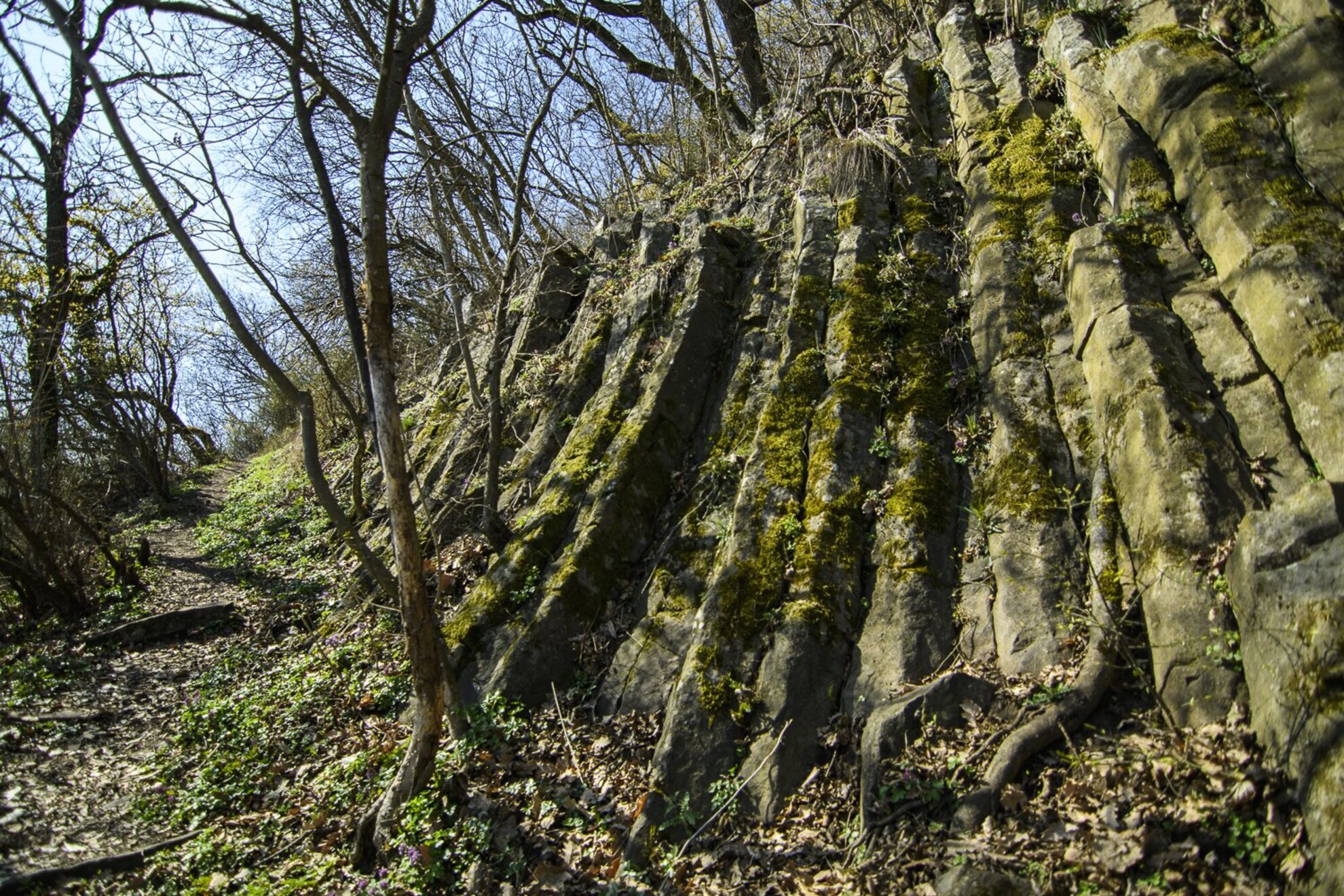
Tapolcai-medence and the Káli Basin are also part of the Bakony-Balaton Uplands Volcanic Territory. The last eruptions in this field took place about 2.5 million years ago: Bondoró-hegy and the Füzes-tó ash cone were shaped during this time. These are all close to Fekete-hegy, which is probably 3.8 million years old, although it’s hard to determine. The area only ever saw relatively small eruptions compared to volcanoes that stand along subduction zones.
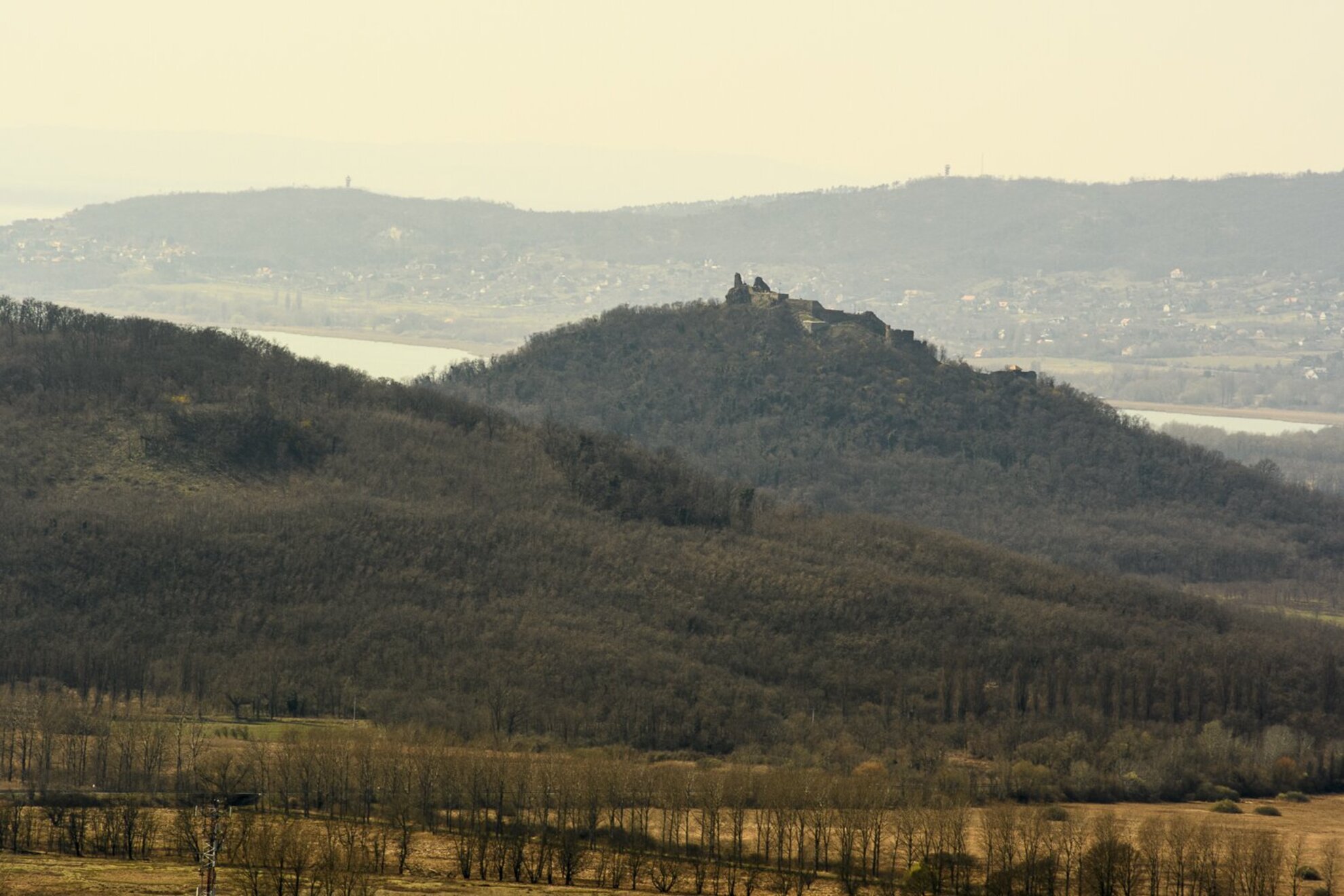
A volcanic eruption in the Balaton Uplands isn’t likely because the limit of Earth's crust and mantle is about 30-35 kilometres deep, and the former volcanic activities took place at a much deeper level. The basalt magma is under pressure due to the layers of solid rocks above it, so it would be very hard for it to find a way to the surface.
